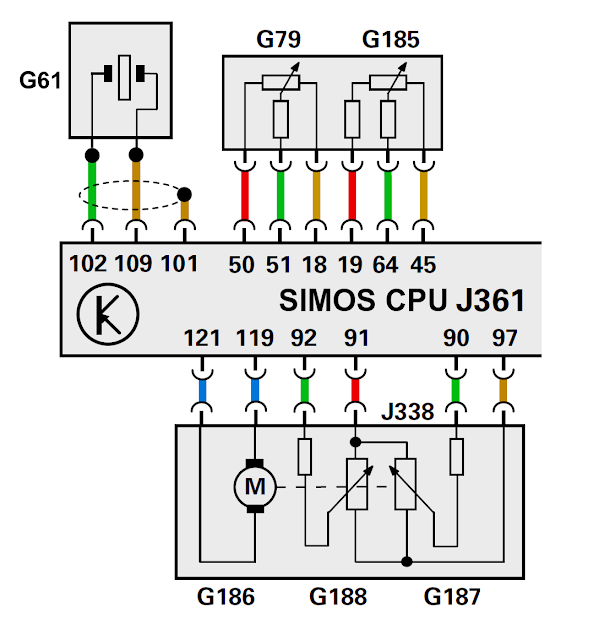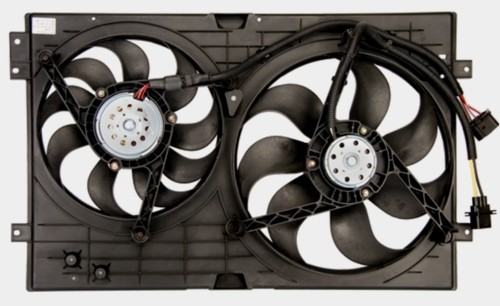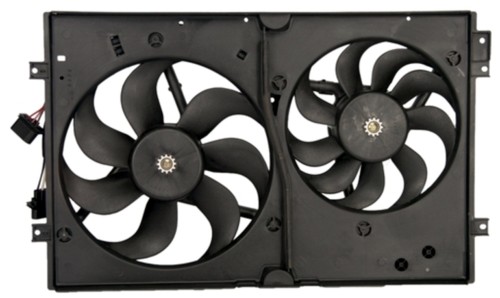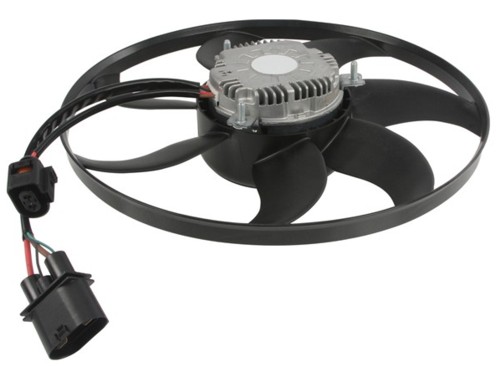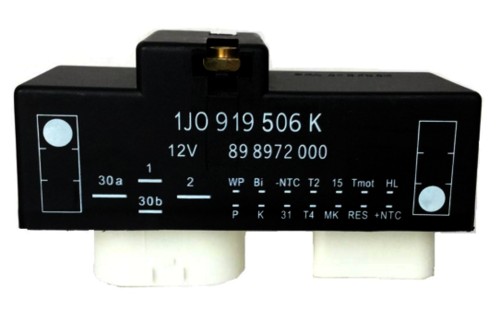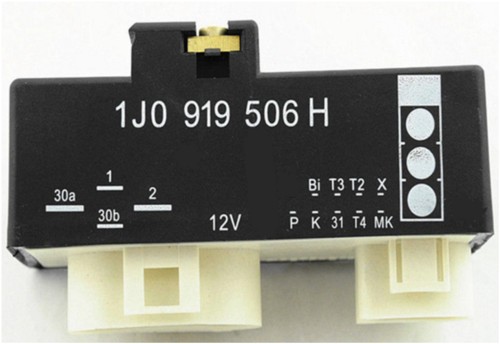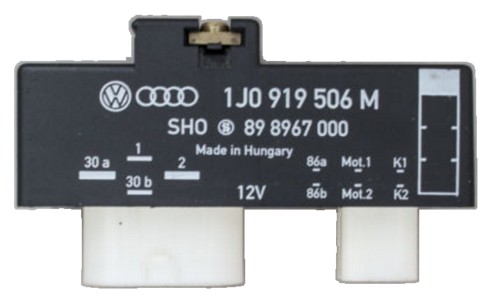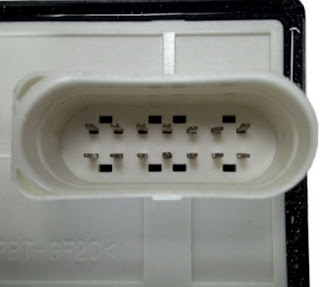VW AUDI SKODA SEAT
Can you believe it, Volkswagen cars are produced with cookie cutters! Ok, ok that's exaggerating it a bit. I just needed to stretch this analogy so that you can stretch your imagination. Volkswagen AG (VAG) has use the A04 / PQ24 platform for several of their cars during 2001 - 2015. Hence it turns out that the VW Polo 9N1, VW Polo 9N2, VW Polo 9N3, VW Polo 9N4, the Volkswagen Fox 5Z1,Volkswagen Fox 5Z3, the Skoda Fabia 6Y2, Skoda Fabia Sedan 6Y3, Skoda Fabia Combi 6Y5, the Skoda Fabia-2 542, Skoda Fabia Combi-2 545, the Russian Skoda Fabia-2 572, the Skoda Roomster 5J7, the Audi A2 8Z0, the Seat Ibiza-3 6L1 and the Seat Cordoba 6L2 all share many similar features and electronic modules, engine components, wiring harnesses, if not the same, perhaps even identical. By just looking at the four of them, it is easy to see this, except for cosmetic changes of course. But underneath their outer apparel they are the virtually the same car using the same mechanical and electronic spares.Volkswagen subsequently revised their vehicle platform naming and identification system, for their ultra-compact (city cars), super-mini cars, compact cars (small family cars), mid-size cars and their full-size luxury cars to numbers that look like PQ24, PQ25, PQ34, PQ35, etc. PL45, PL46, etc, PL62, PL64 etc. For the uninitiated it only brings about more confusion in an already confusing time of information overload.
SUPER MINICARS
"A01" platform for the Volkswagen Polo Mk1,"A02" platform for the Volkswagen Polo Mk2 - Classic,
"A03" platform for the Volkswagen Polo Mk3- 6N/6KV,
"A04" platform is now known as the PQ24 - all cars listed above,
"A05" platform is officially the PQ25 - for Audi A1, VW Polo (6R) and SEAT Ibiza (6J).
But for now we are interested in the meaning of platform codes like PQ24, PQ25, PQ34, PQ35, etc. PL45, PL46, etc, PL62, PL64 and see how it affects the VW Polo range of cars with regards to spares and repair procedures. When deconstructing the platform codes, we discovered that the nomenclature for PQ24 is derived as follows:-
P - stands for a passenger car platform
Q - (Quer in German) stands for a transverse engine
2 - stands for the platform size or class
4 - stands for the generation
Essentially implying a passenger car platform with a transverse engine, fitted into a supermini of the fourth generation (MkIV).
Meaning, one of the cars mentioned in the heading of this blog installment, since all of them are classified as supermini cars.
Whereas the nomenclature for PL45 is derived as follows:-
P - stands for a passenger car platformL - (Längs in German) stands for a longitudinal engine
2 - stands for the platform size or class
5 - stands for the generation
Essentially implying passenger car platform with a longitudinal engine, fitted into a mid-size cars of the fifth generation (MkV).
Meaning a Volkswagen Passat (3B) or a Audi A4 (8D), etc.
Whereas the nomenclature for PL64 is derived as follows:
P - stands for a passenger car platform
L - (Längs in German) stands for a longitudinal engine
6 - stands for the platform size or class
4 - stands for the generation
Essentially implying passenger car platform with a longitudinal engine, fitted into a full-size luxury car of the fourth generation
Platform nomenclature was decided because car manufacturers are determined to get a better return on investment by using the same robotic arms and software programming on their assembly lines / conveyer belts to assemble a host of different vehicles that look similar, with predominantly the components. Also meaning that the space needed to stock parts are greatly reduced because instead of stocking the same part for 15 different models they have to stock just just one.
Case in point is the Joint-venture between Volkswagen and Ford Motor Company for producing the Volkswagen Sharan (7M), SEAT Alhambra (7M), and the Ford Galaxy (7M). Volkswagen also started a Joint-venture between themselves and Daimler AG, to produce the Volkswagen LT range and the Second and third generations Mercedes-Benz Sprinter. In a sense one can just call this badge engineering, because Mazda and Ford have also have had long-term alliances, making cars until their partnership dissolved.



